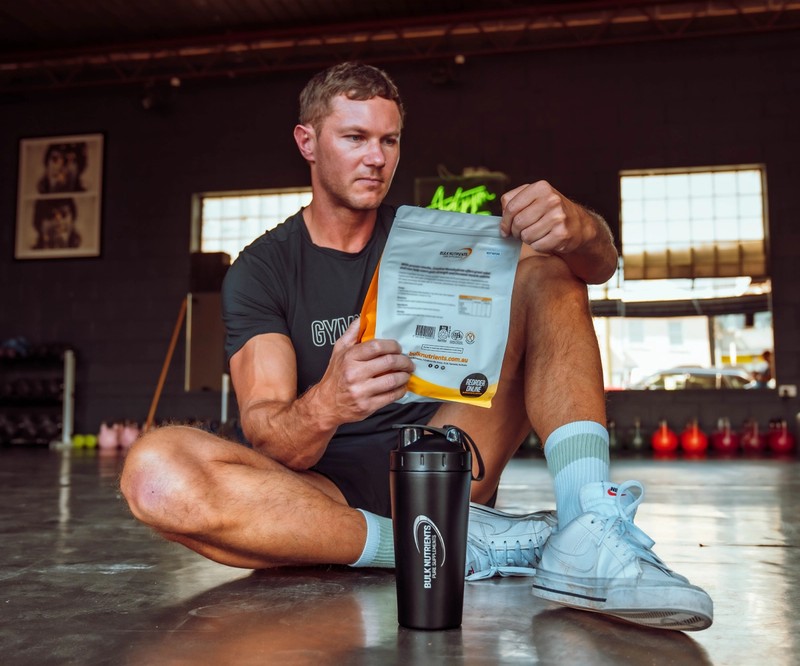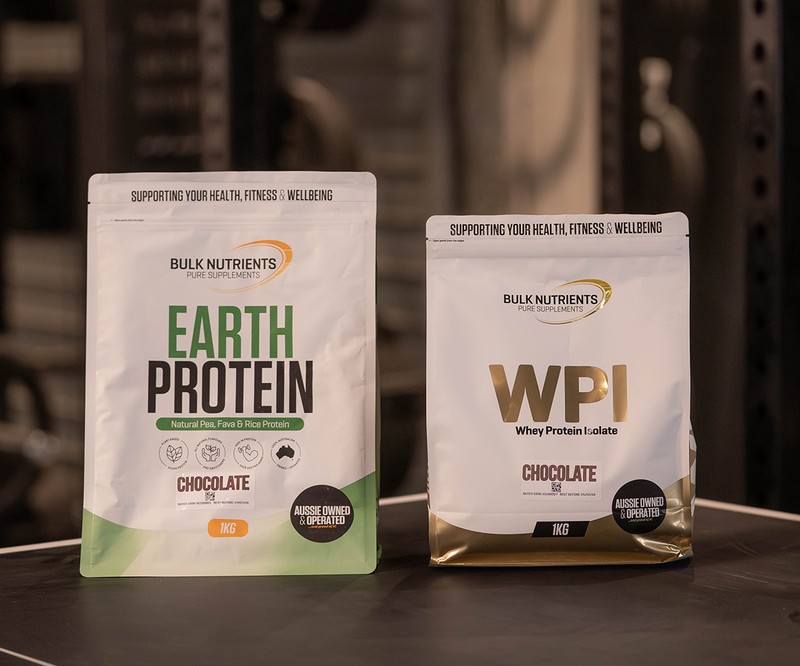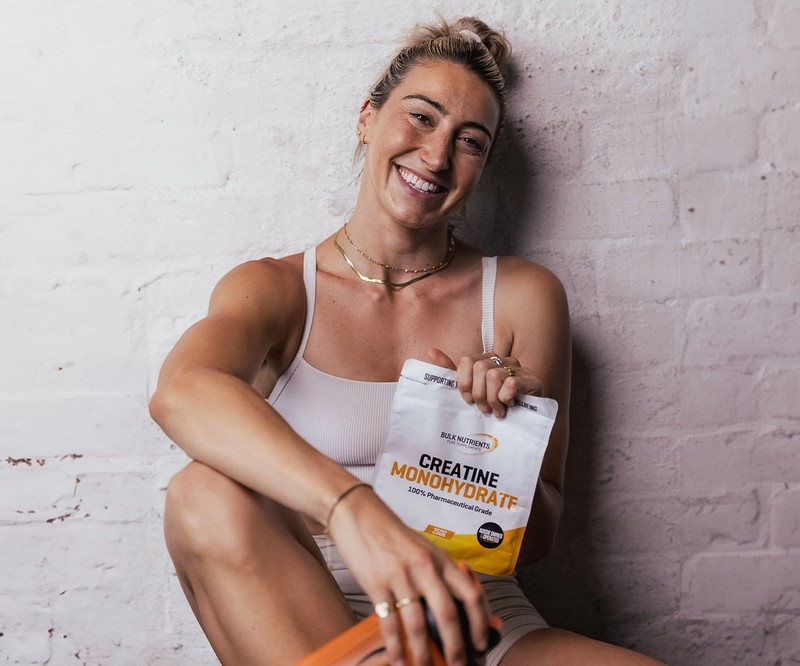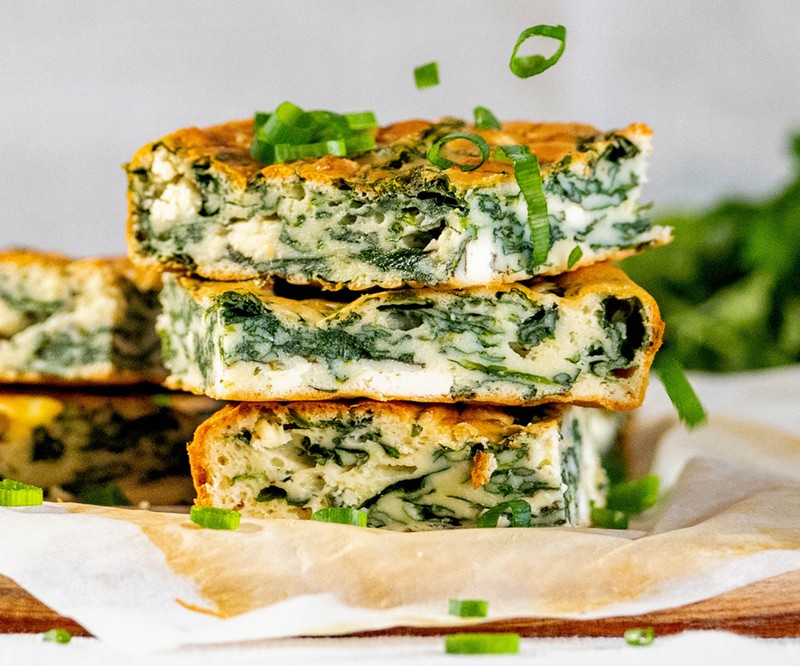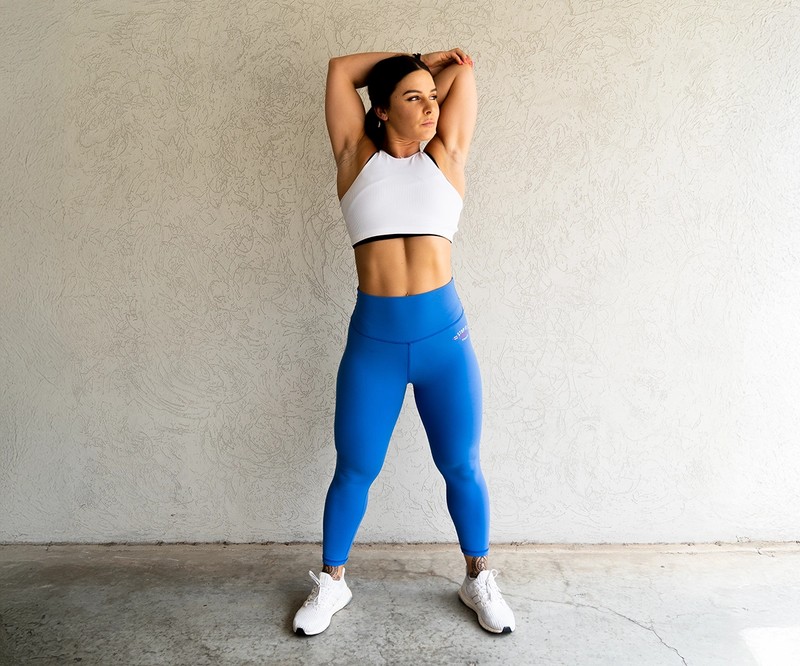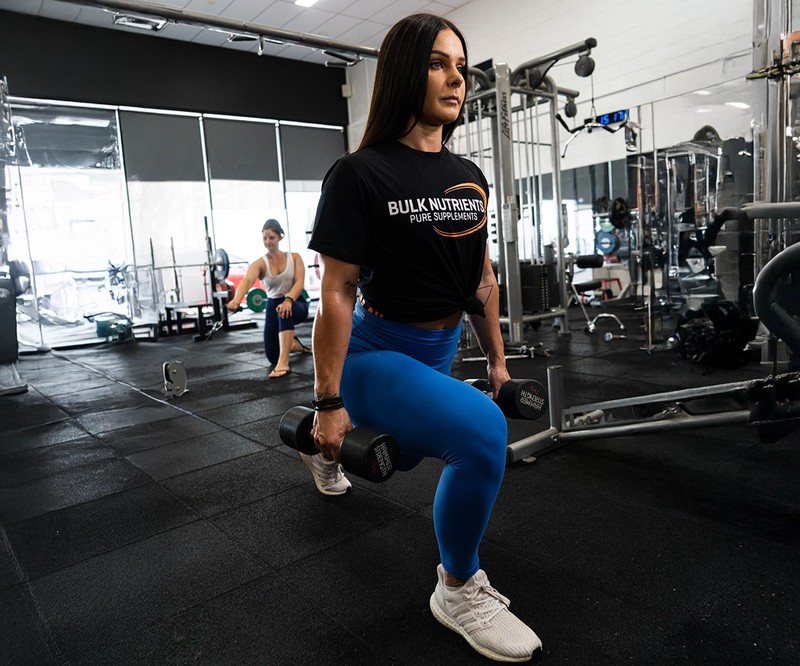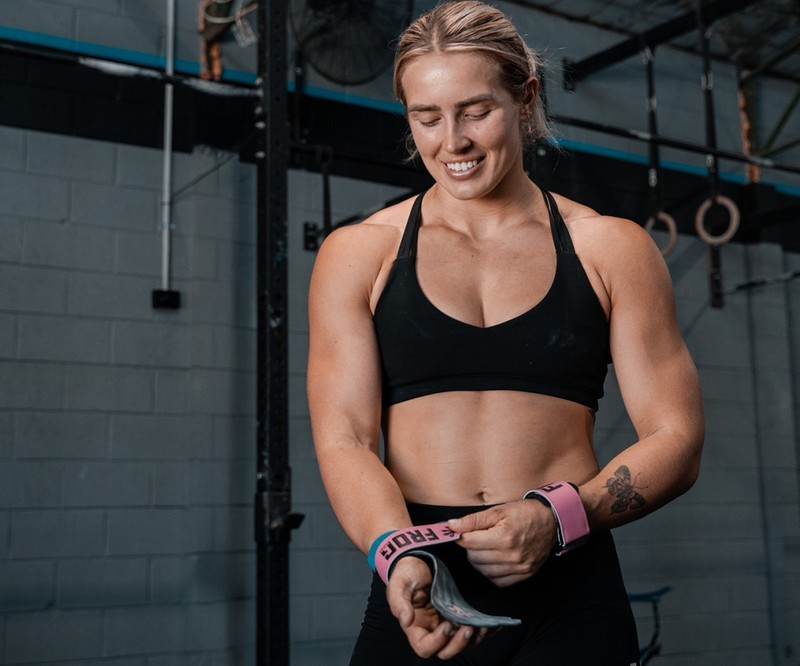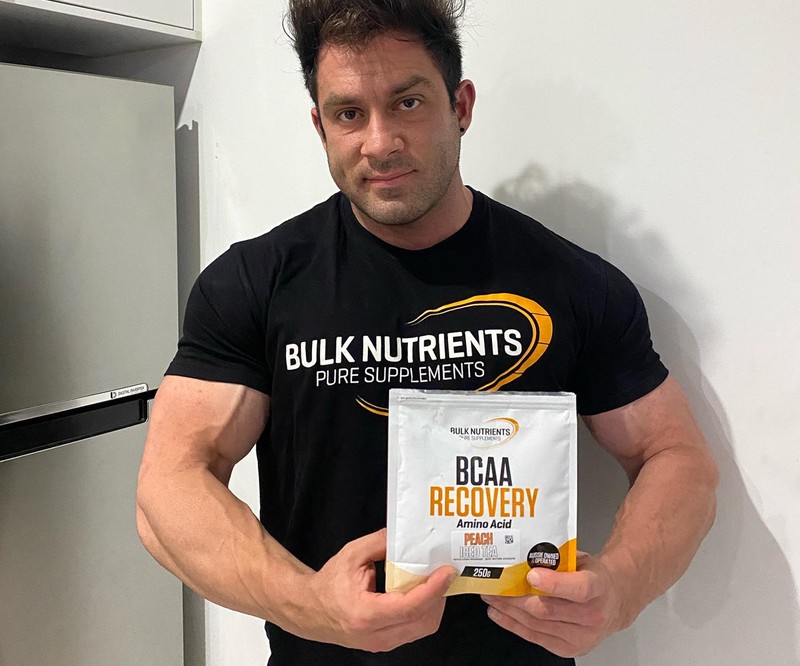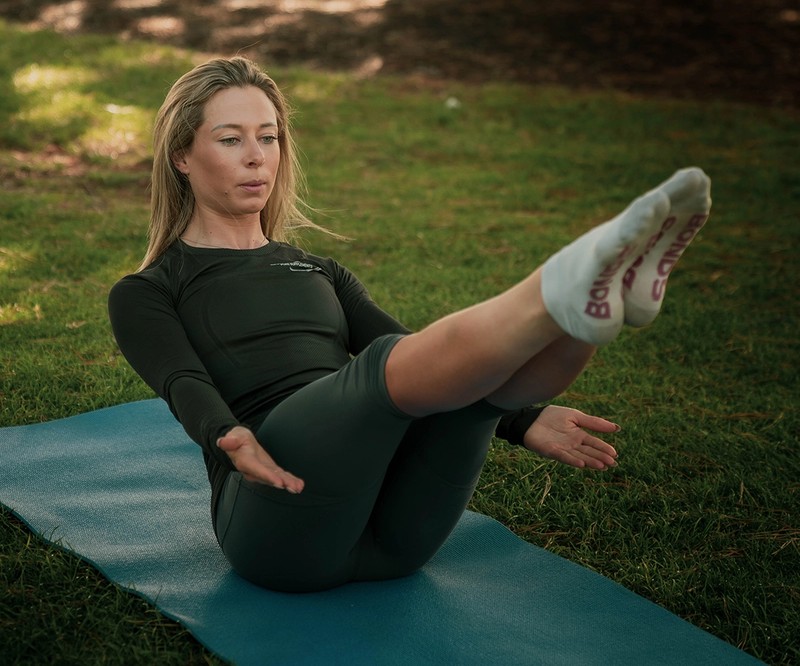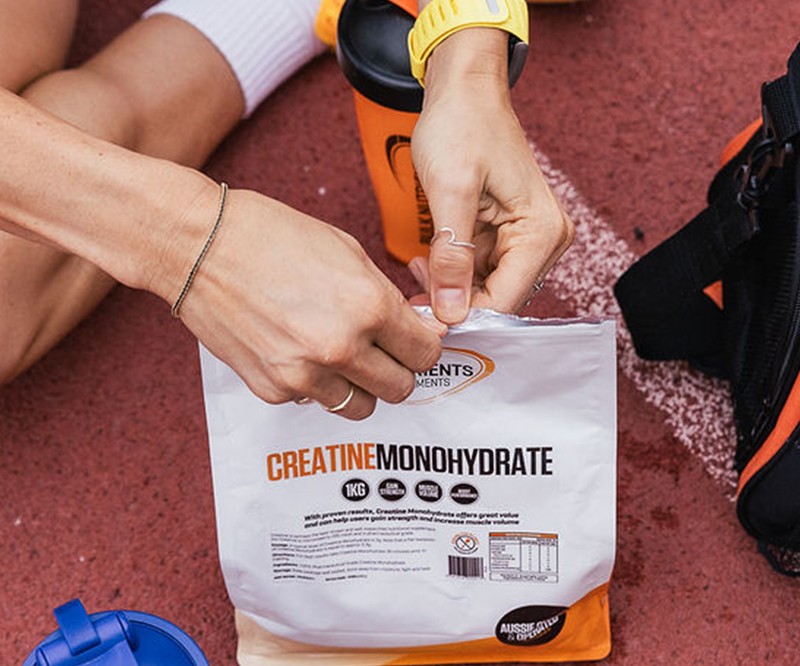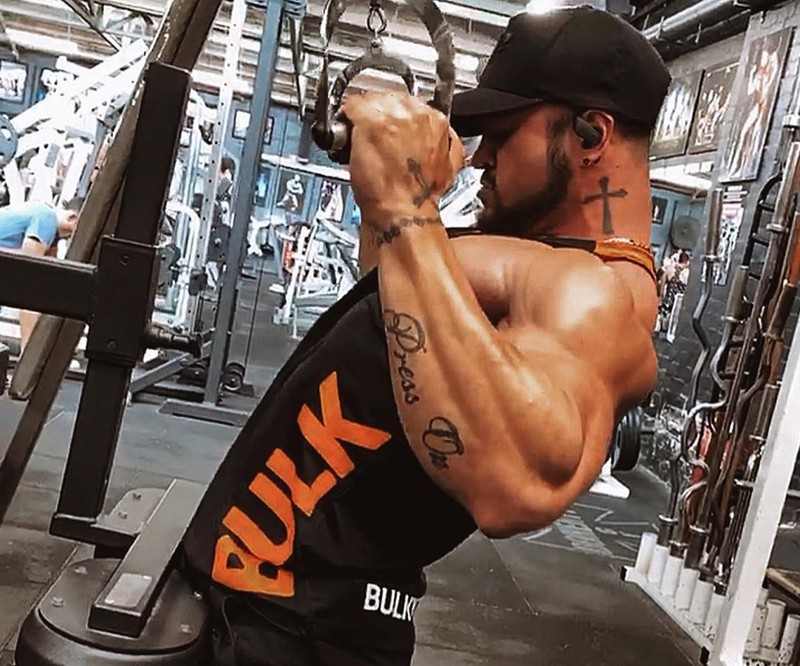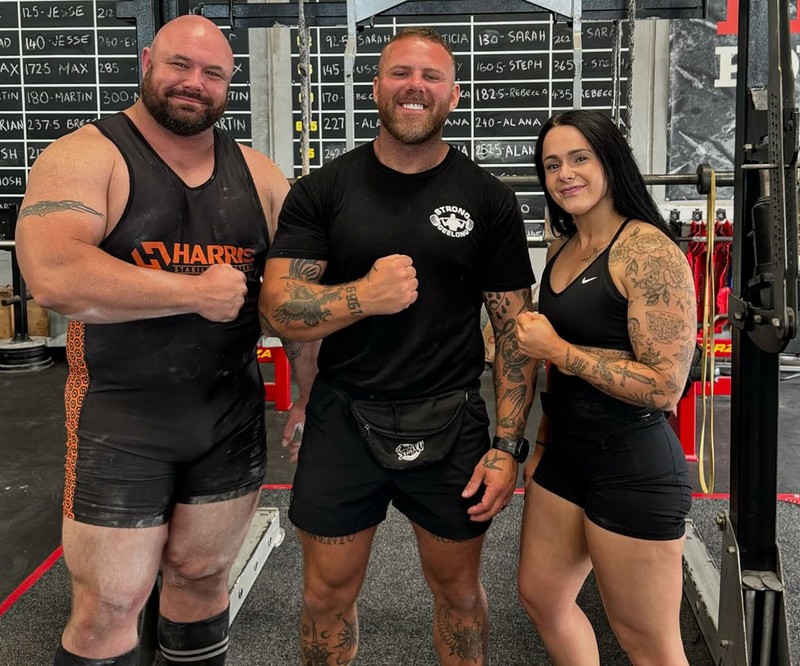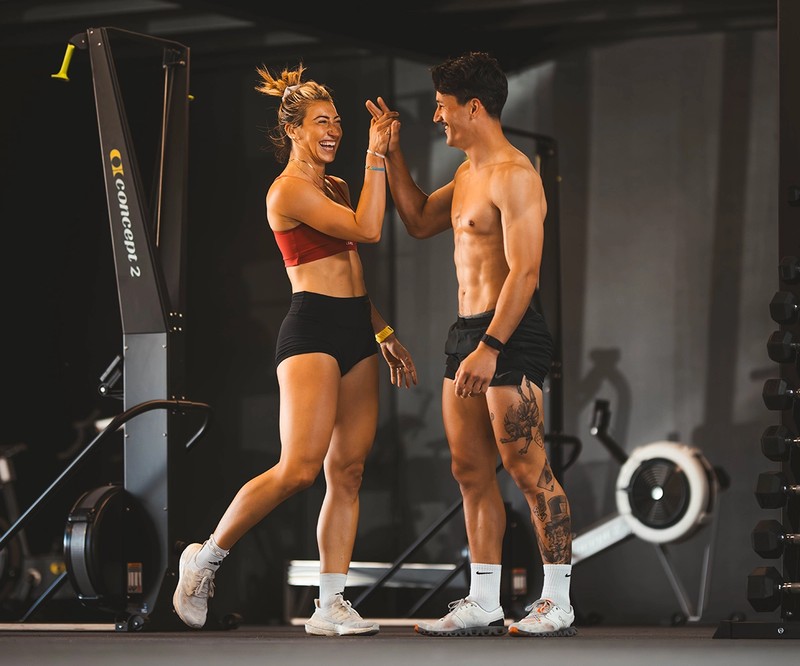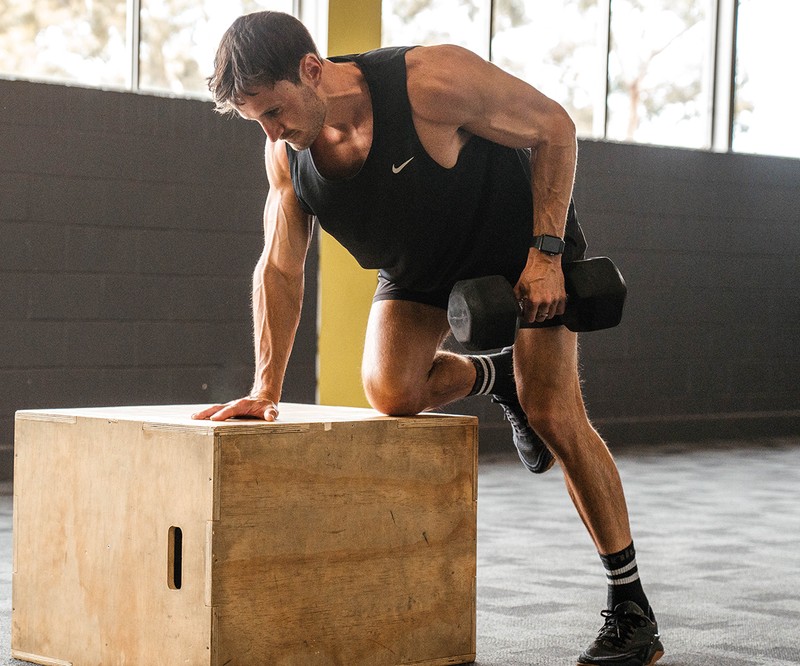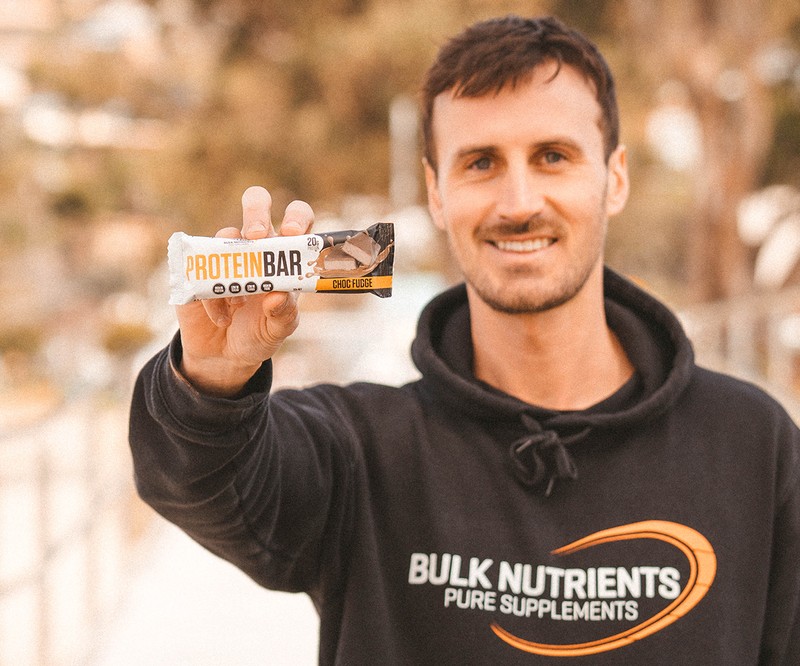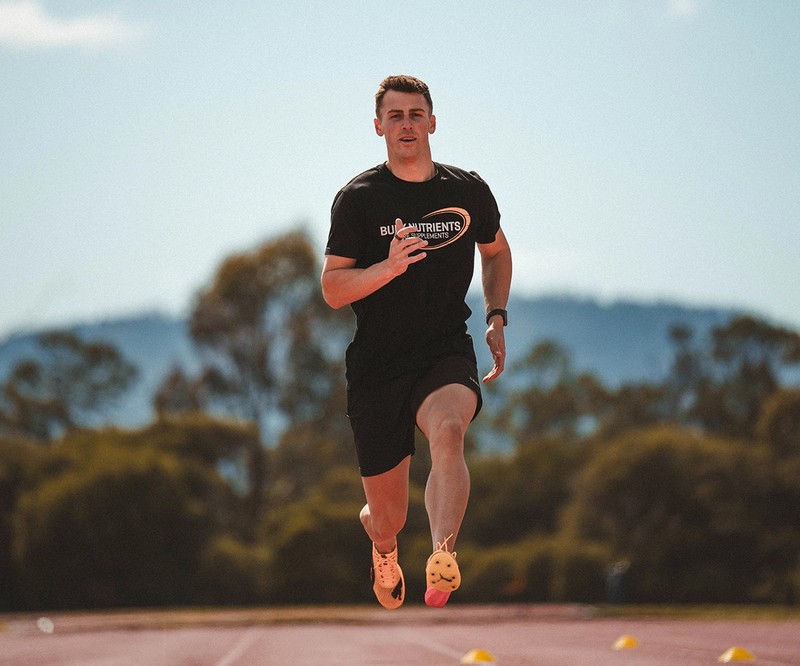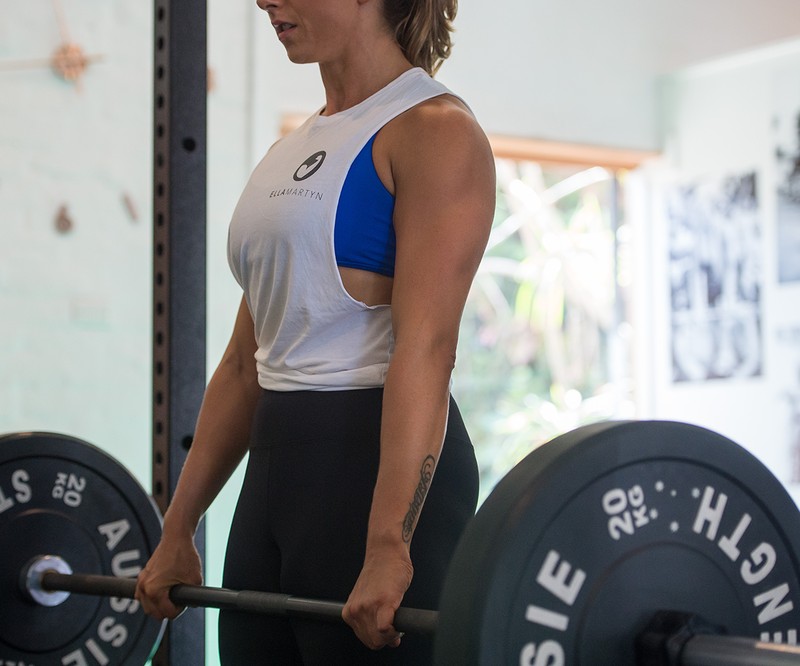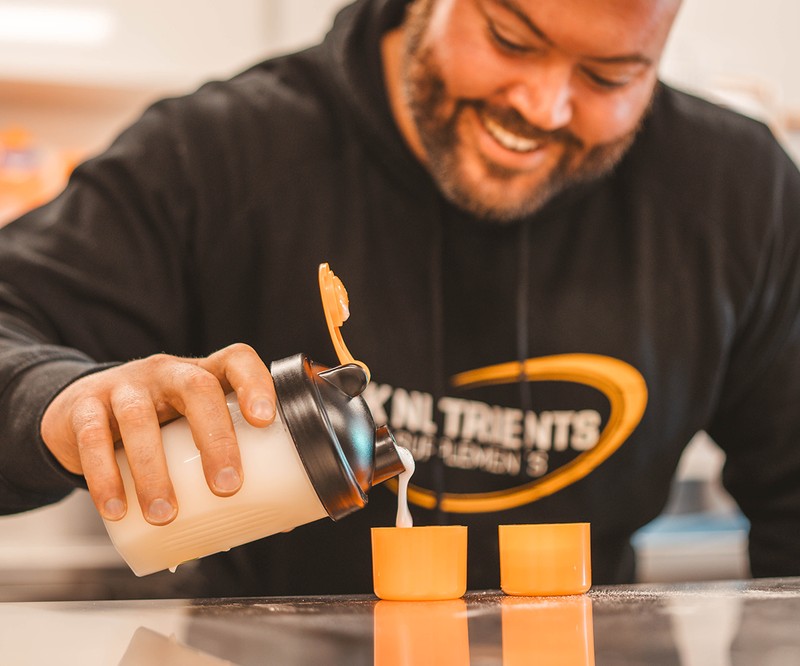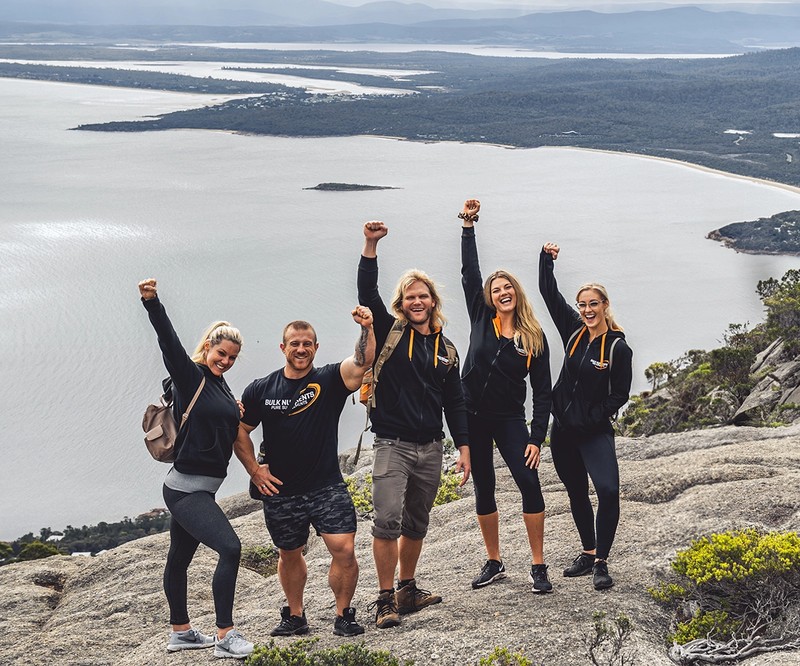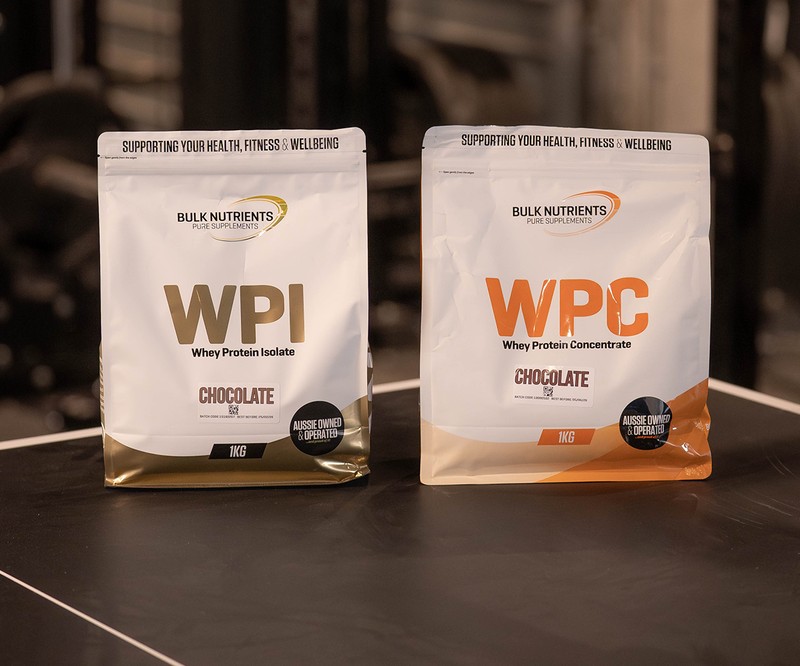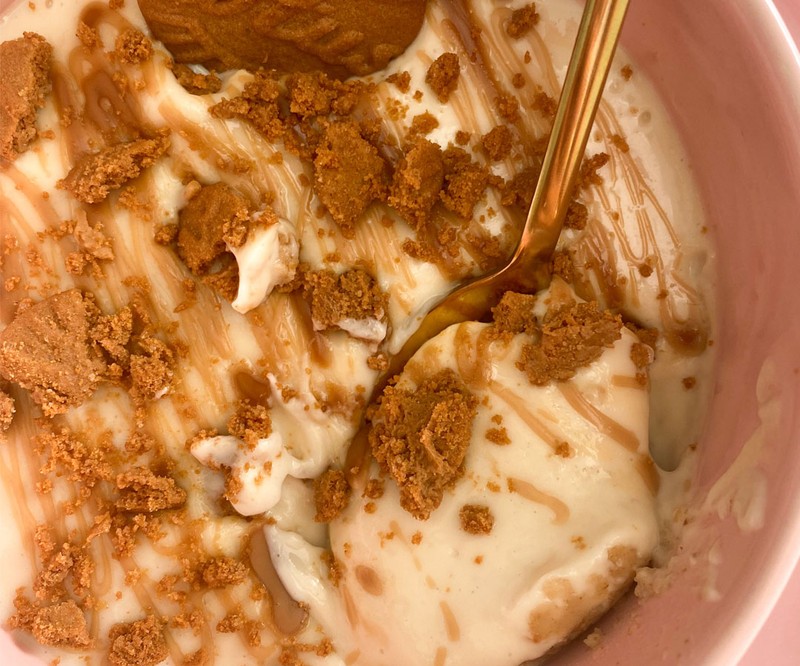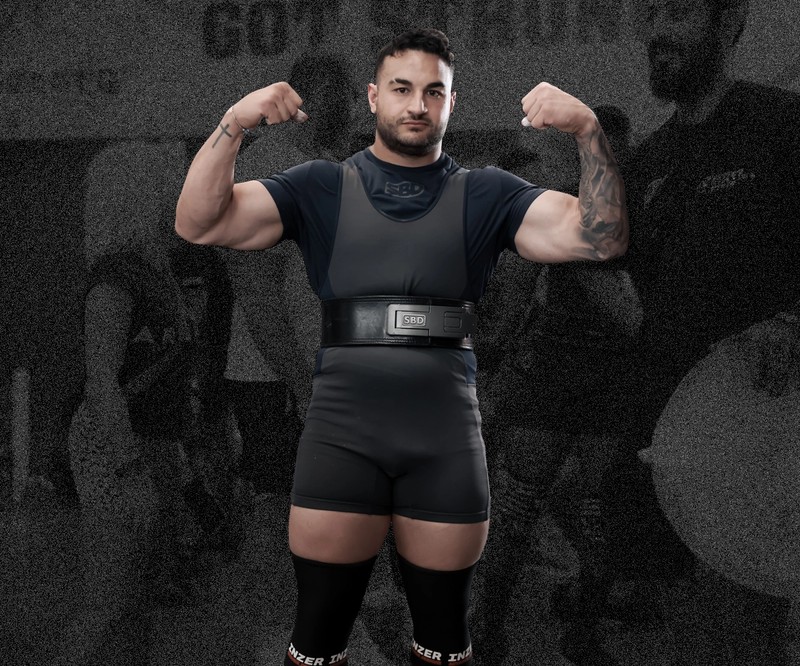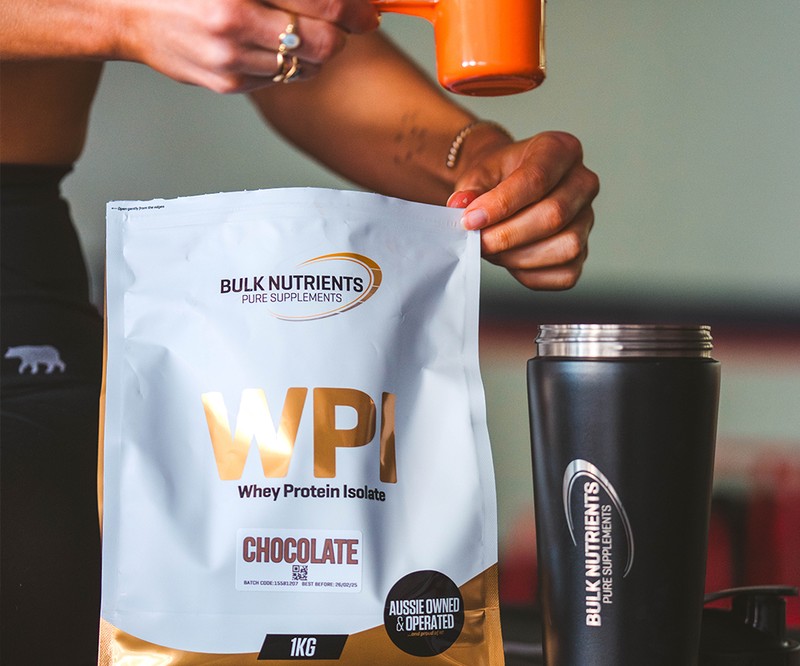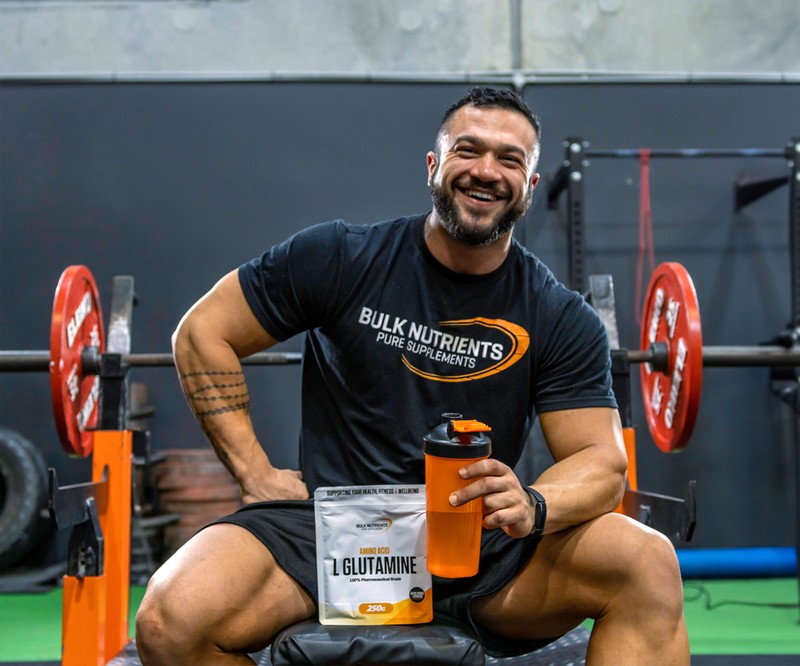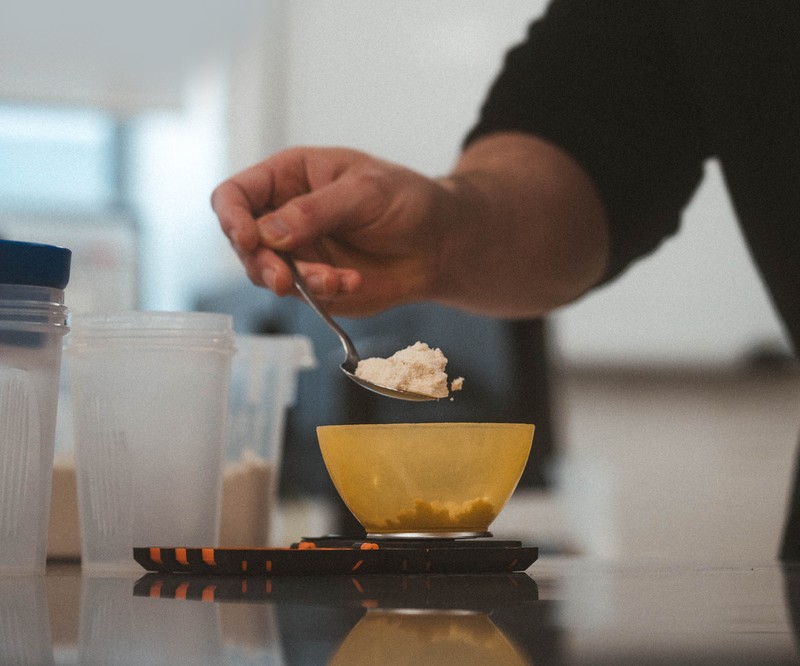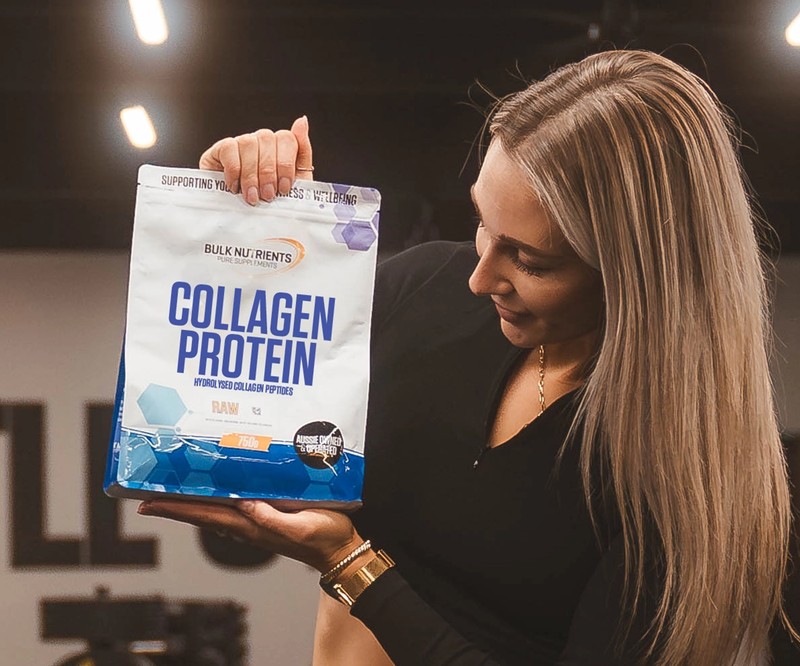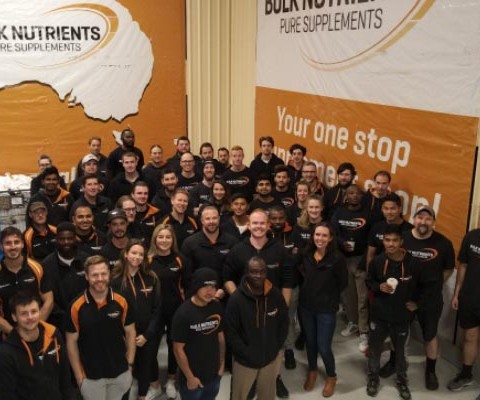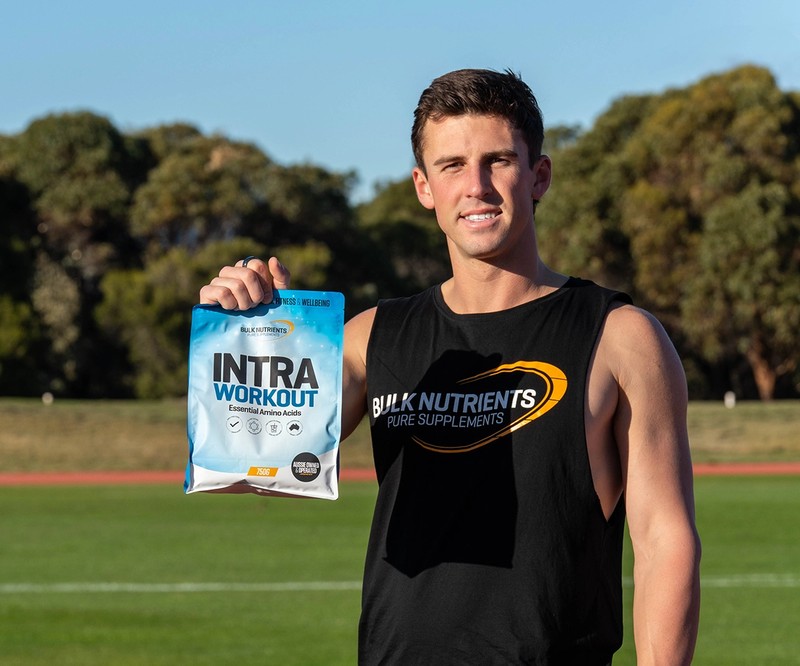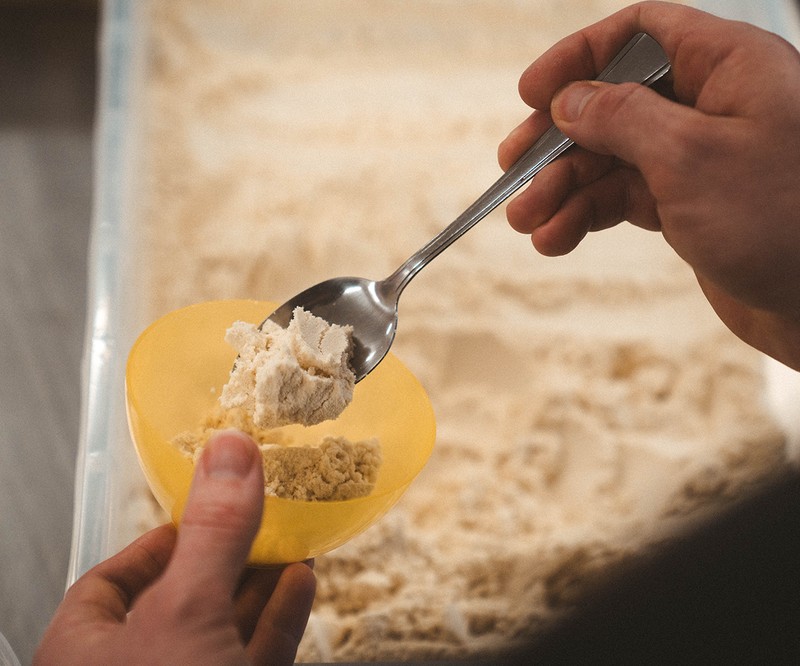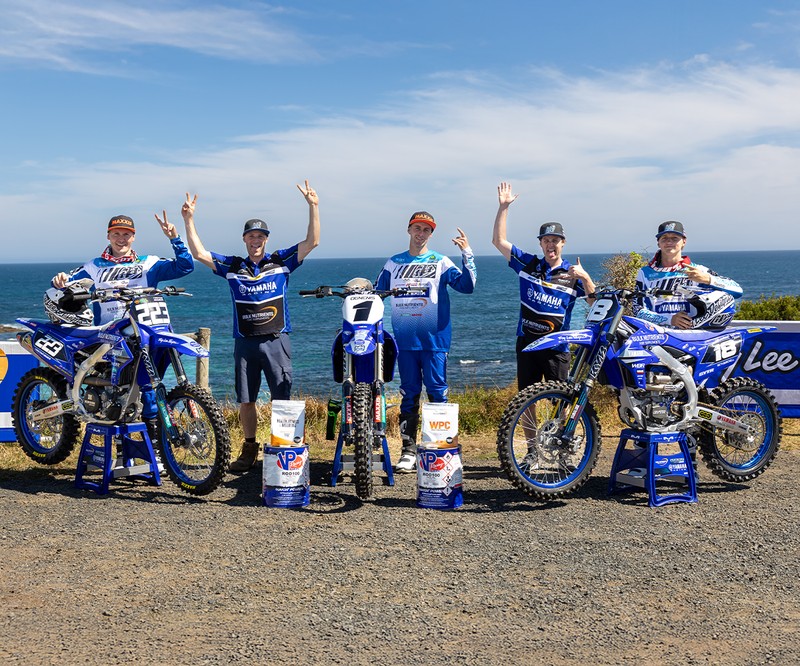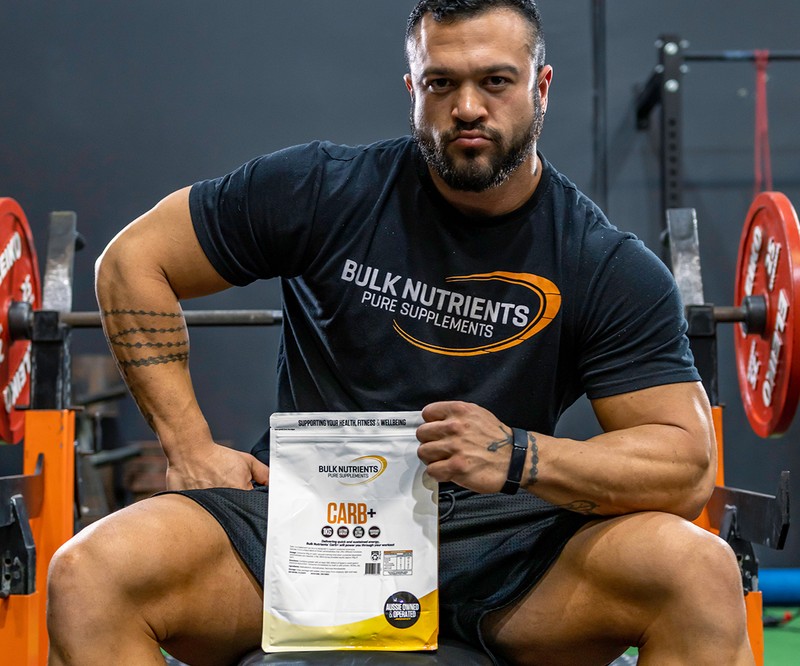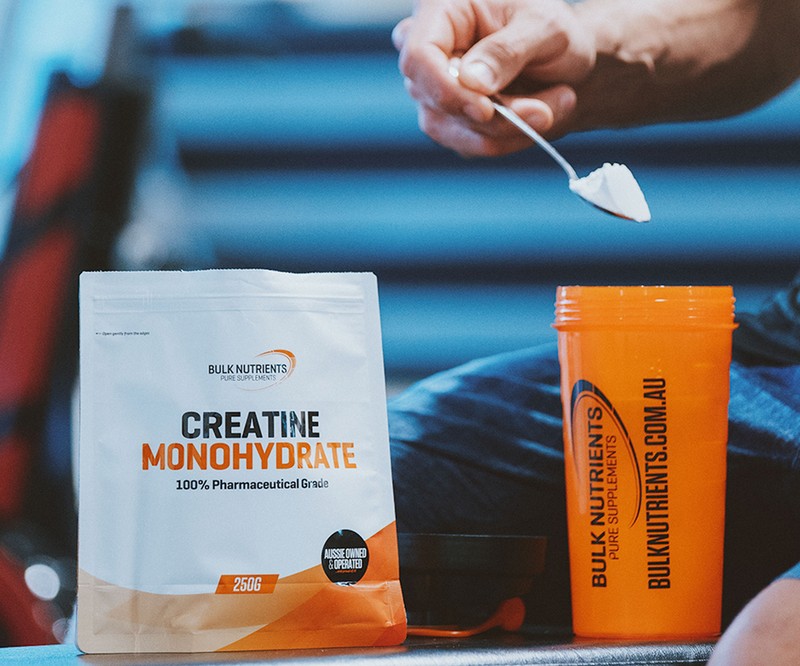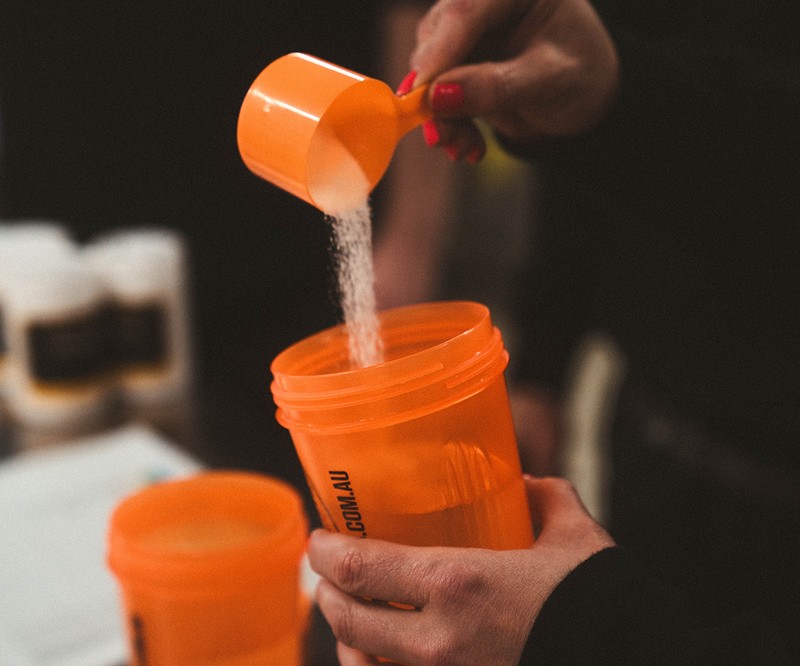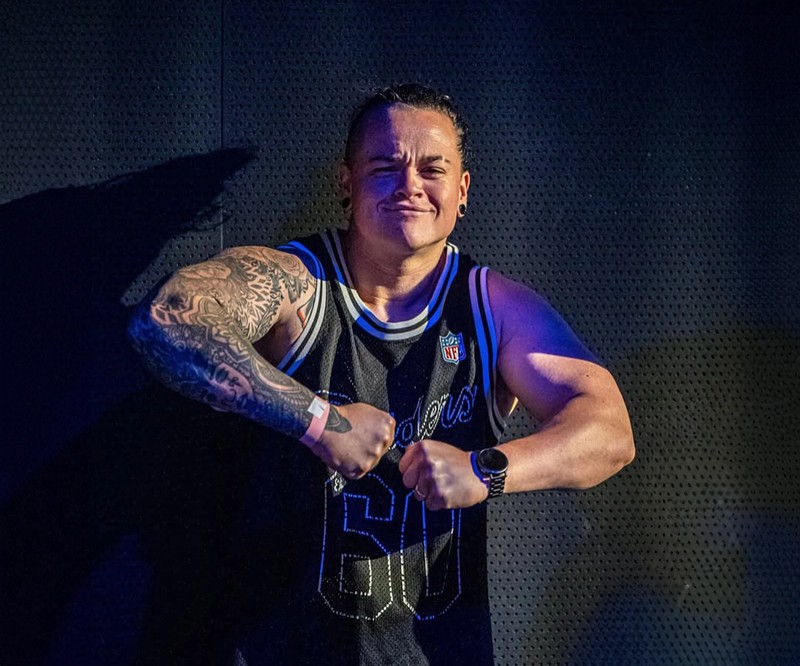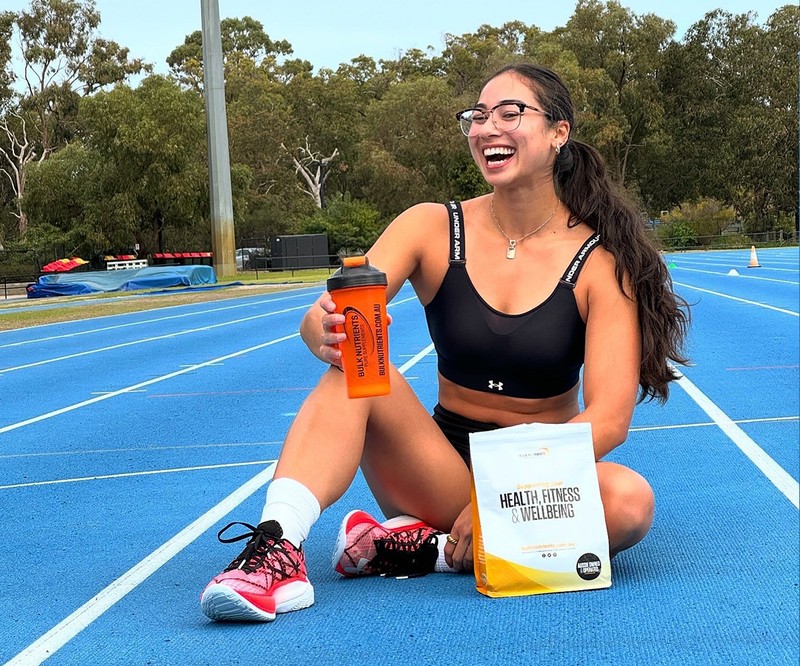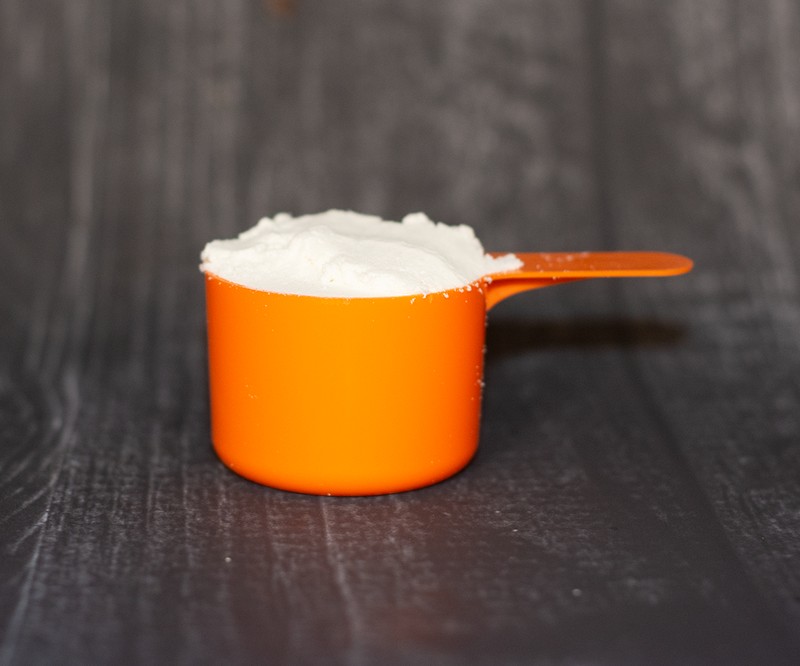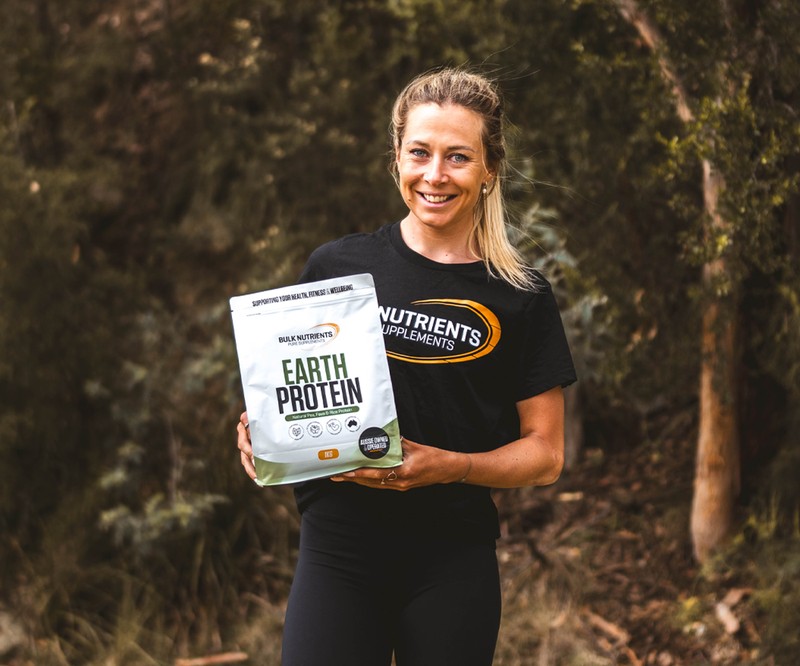Science: The Best Exercises for Shoulders

The best exercise for deltoids
Let's start with some critical anatomy; here are the muscles of the shoulder, also referred to as the deltoid:
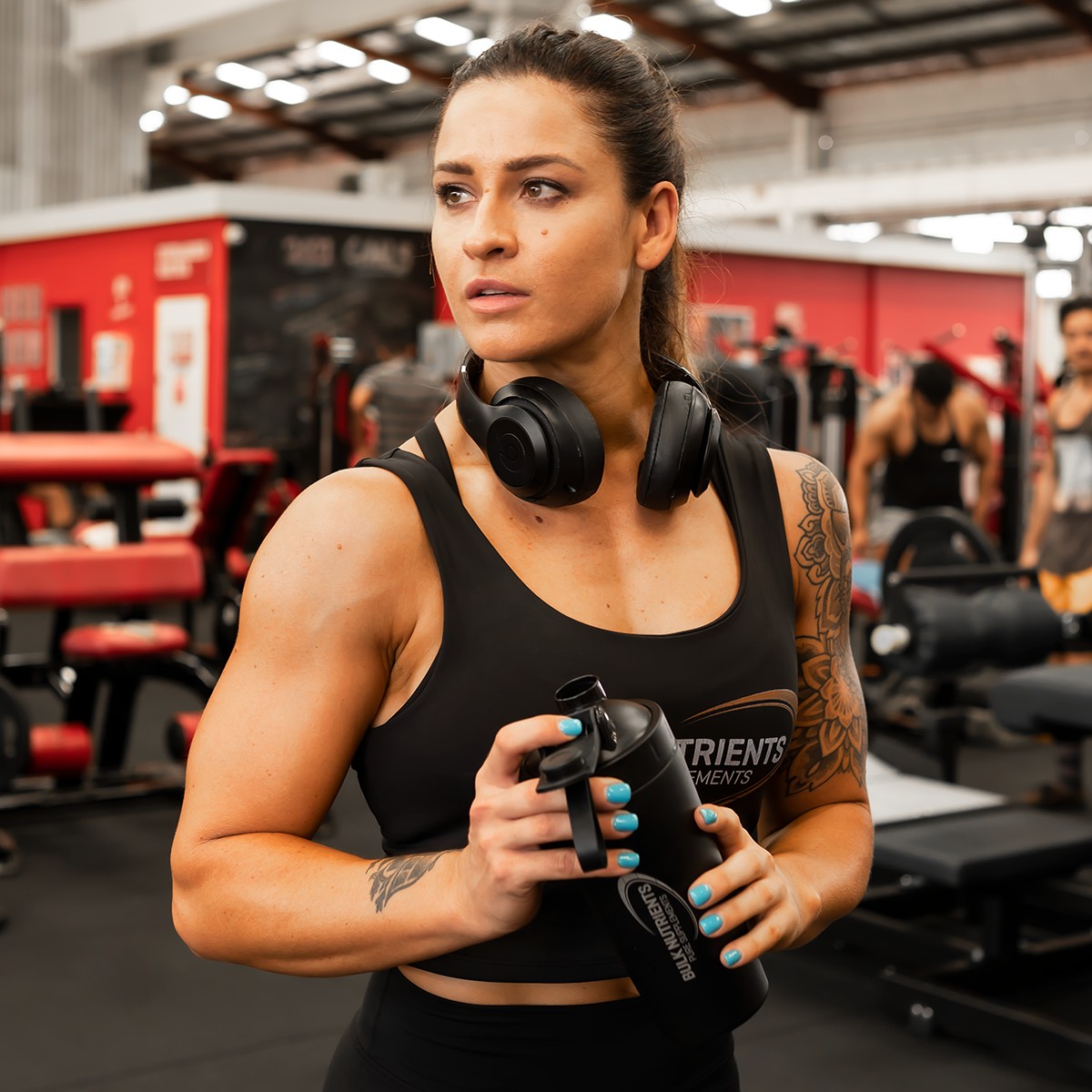
So that's basically it, right? We just need to focus on hitting these muscles and we'll be ok, surely?
No! We also need to think about building our rotator cuffs, visible in the picture below:

The rotator cuff is so important to build because it provides the stability for the deltoids to perform their work. Moreover, research shows your rotator cuffs are also called upon during bench presses and rows, so spending your time and energy on them is warranted.
So given we know our shoulder workouts need to be centred around working our rotator cuffs AND deltoids, let's take a look at what exercises build these most effectively.
The best exercises for shoulder growth
Research using electromyography (EMG), where scientists place electrodes on a muscle to record its activation, reveals the following ranking for deltoid exercises:
Lateral deltoid (side):
- Dumbbell Lateral raises.
- Machine Reverse flies (external rotation).
- Barbell Seated Neck Presses (pressing the bar behind your neck).
Anteroir deltoid (front):
- Military press (Barbell seated).
- Barbell seated Neck Presses.
- Dumbbell lateral raises (internal rotation).
- Barbell bench press.
- Dumbbell front raises (external rotation).
Posterior deltoid (rear):
- Machine reverse flies with an internal rotation (see link).
- Dumbbell Reverse Flies (internal rotation - thumbs facing towards the ground).
You might have noticed the study didn't examine dumbbell overhead presses.
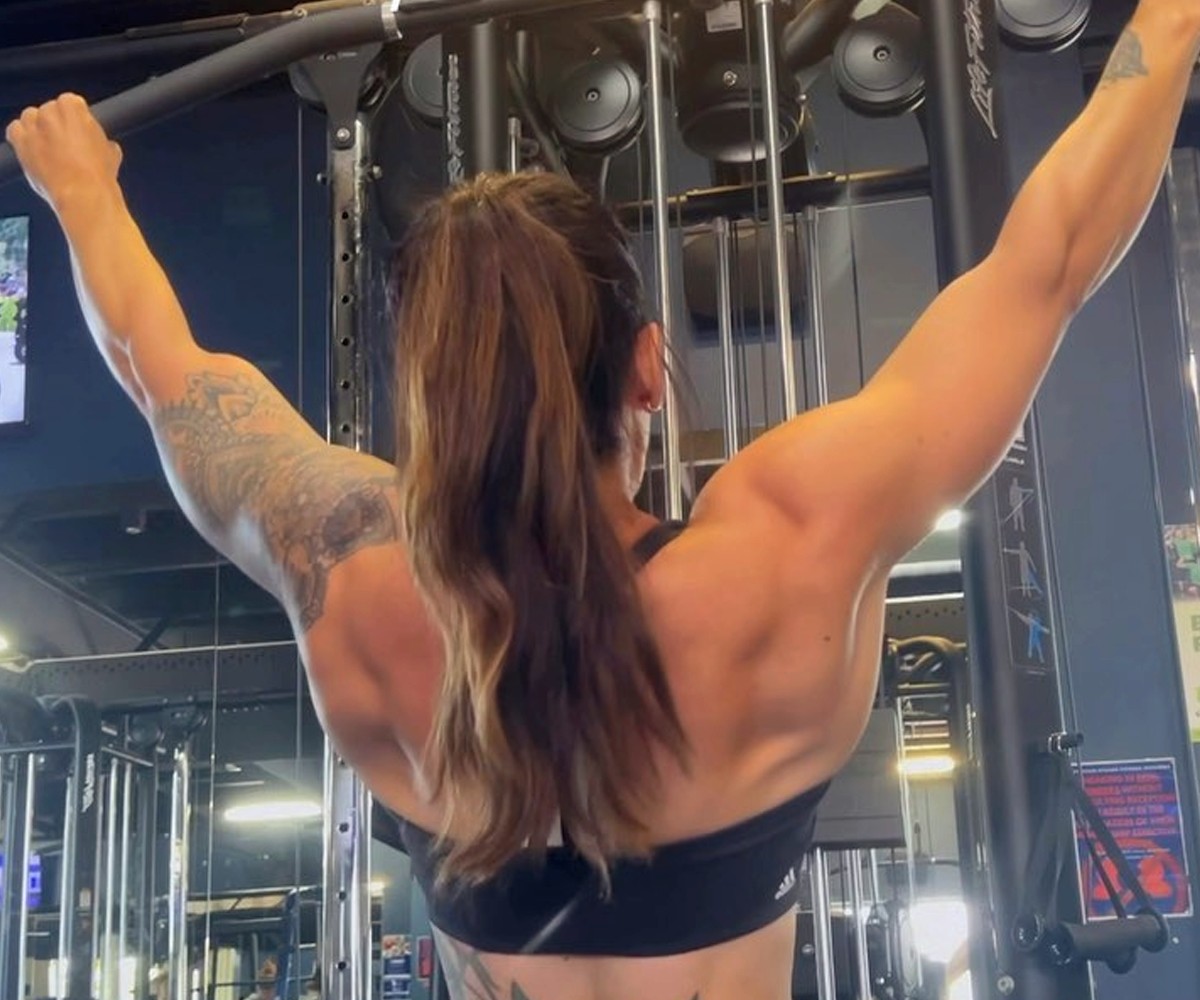
We'd recommended you swap out the barbell neck presses and barbells in general and use the dumbbells instead, as additional research has found dumbbells to work the deltoids better than barbells because they are more unstable. This means your deltoids need to work harder to stabilise them.
But make sure you don't "touch" the ends of the barbells at the top. Like the lady in the image above, the dumbbells should come straight up without coming together!
It's critical we point out how lighter weight is better with your shoulder training. You don't have to walk far in the gym to find people with rotator cuff injuries, torn shoulders, and others who "haven't seen the same" since their shoulder injury in their 20s.
Particularly with posterior deltoid training (rear deltoids), lighter weight is important in not only working the deltoids but in reducing the likelihood of injury.
And speaking of rotator cuffs, let's now examine them.
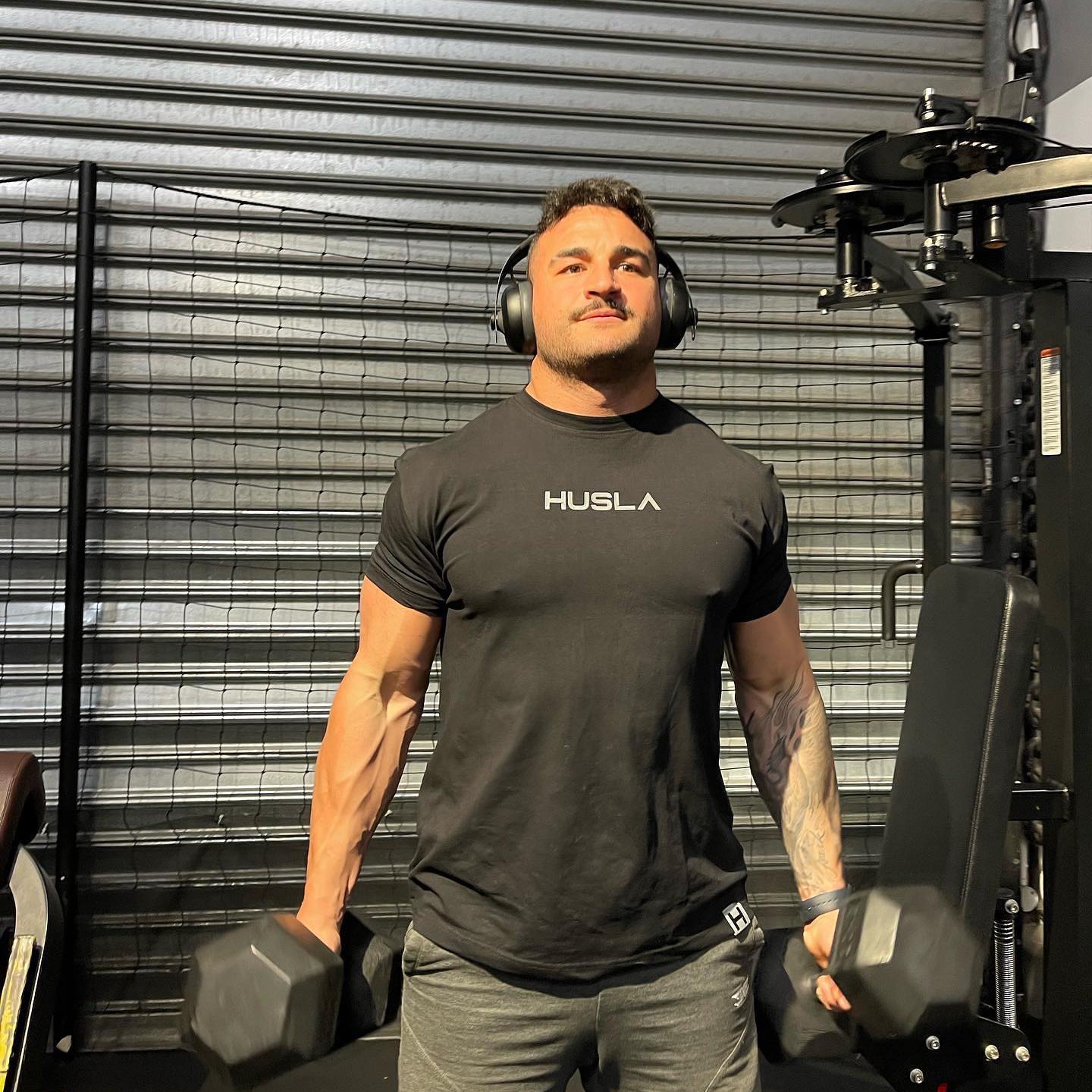
The best exercise for rotator cuffs
As far as standard gym exercises go, the dumbbell lying external rotation was the best:
But faring even better was the doorway stretch which you can perform like the below:
Remember: don't neglect your rotator cuffs! Train your deltoids but work your rotator cuffs hard, too.
Try both of these and see which one you find better. If you can fit both in, great.
So, with all this science being laid out, let's put together a workout!
The best shoulder workout for muscle growth?
You can apply the above exercises to your workout in any way you like, but here's a good start:
- External dumbbell rotations (lying on the floor) (12-20 reps).
- Dumbbell seated overhead presses (4 sets of 8-10 reps).
- Dumbbell lateral raises (4 sets of 10- 12 reps).
- Internal Rotation machine reverse flies (4 sets of 10-15 reps).
So, there's some science around the best exercises for your shoulders and rotator cuffs. Strong rotator cuffs provide a strong foundation for not just shoulder and chest training but reduce your likelihood of a shoulder related injury too. Try the above workout and see how it fares, and adjust accordingly!
References:
- Mills KR. The basics of electromyography. J Neurol Neurosurg Psychiatry. 2005;76 Suppl 2(Suppl 2):ii32-ii35. doi:10.1136/jnnp.2005.069211
- Nam, D., Maak, T. G., Raphael, B. S., Kepler, C. K., Cross, M. B., and Warren, R. F. (2012). Rotator cuff tear arthropathy: evaluation, diagnosis, and treatment: AAOS exhibit selection. J. Bone. Joint. Surg. Am. 94:e34. doi: 10.2106/jbjs.k.00746
- Saeterbakken, Atle H.1; Fimland, Marius S.2,3 Effects of Body Position and Loading Modality on Muscle Activity and Strength in Shoulder Presses, Journal of Strength and Conditioning Research: July 2013 - Volume 27 - Issue 7 - p 1824-1831 doi: 10.1519/JSC.0b013e318276b873
- Wattanaprakornkul D, Halaki M, Cathers I, Ginn KA. Direction-specific recruitment of rotator cuff muscles during bench press and row. J Electromyogr Kinesiol. 2011 Dec;21(6):1041-9. doi: 10.1016/j.jelekin.2011.09.002. Epub 2011 Oct 5. PMID: 21978788.
